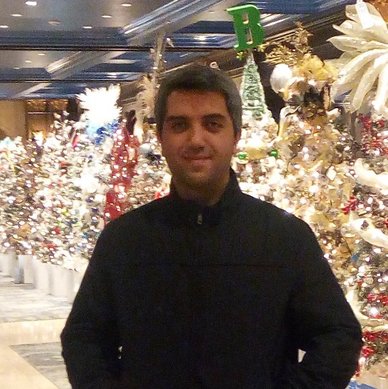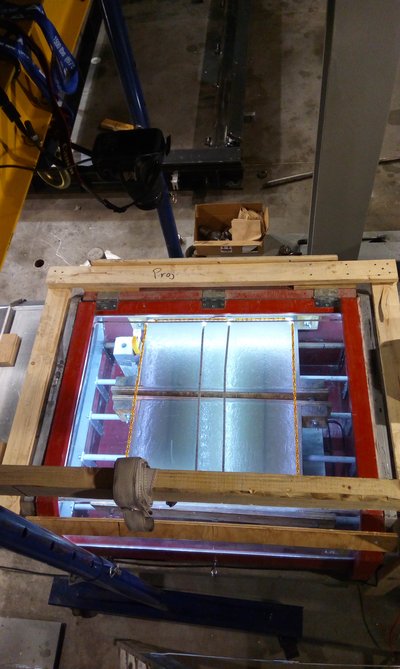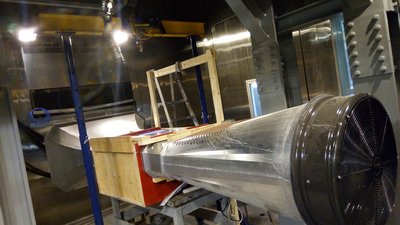
linkedin.com/in/pejman-shahram-rad
Pezhman Shahram Rad
Étudiant à la maîtrise - Génie civil
Directeur de recherche
Marc Jolin
Following a bachelor's degree in civil engineering and a master's degree in water and wastewater engineering from Iran, I worked almost five years in the private sector, mostly in the field of construction of buildings and civil infrastructures. I pursued my professional path by integrating into a master's program in civil engineering at Laval university and CRIB community. In this program I am studying the plastic shrinkage induced cracking in relation with environmental exposures and curing practices.


Sujet de recherche
Février 2019
Study of the concurrent impact of environmental exposures and time of initiation of curing practices on plastic shrinkage cracking of restrained concrete
Plastic shrinkage cracking (PShC) is one of the earliest forms of cracking in concrete. Concrete structures with large exposed surfaces are especially vulnerable to PShC and the cracks formed are unsightly and can lead to premature durability issues. PShC can be caused by both internal and external drivers. The external agents can be mainly ascribed to environmental exposures that control the evaporation of moisture from concrete. On the other hand, the internal agents can be credited to many factors that are materialized in concrete mix, such as water to cement ratio, paste content, admixtures types, etc.
In this research project, although some of the internal factors such as w/c ratio and mix design are studied in a limited scale, however the emphasis of this program is on the assessment of the impact of different environmental exposures alongside the time of initiation of curing practices on PShC behaviour of freshly poured or shot concrete. The importance of the latter is mainly valued where sometimes in practice, the curing practices are delayed since it is only credited to the protection of water for the subsequent hydration reaction. Whereas, the initial hours of hindering the evaporation can be vital for preventing the PShC.
In this regard, in this project the specimens that are complying with the specifications of ASTM C1579, are immediately exposed to different environmental scenarios. Curing practices are applied at different intervals from the beginning of exposures with regard to the setting times of the binder. Fresh concrete evaporation and bleeding rates and trends, alongside the PShC onset and propagation - which is monitored by a camera - are employed to interpret the behaviour of PShC in that specific condition.
Techniques de recherche, logiciels
Laboratory, standardized and customized tests, office suite, Matlab
Mots clés
Plastic shrinkage cracking, environmental exposures, curing time, evaporation rate, bleeding rate, setting time
